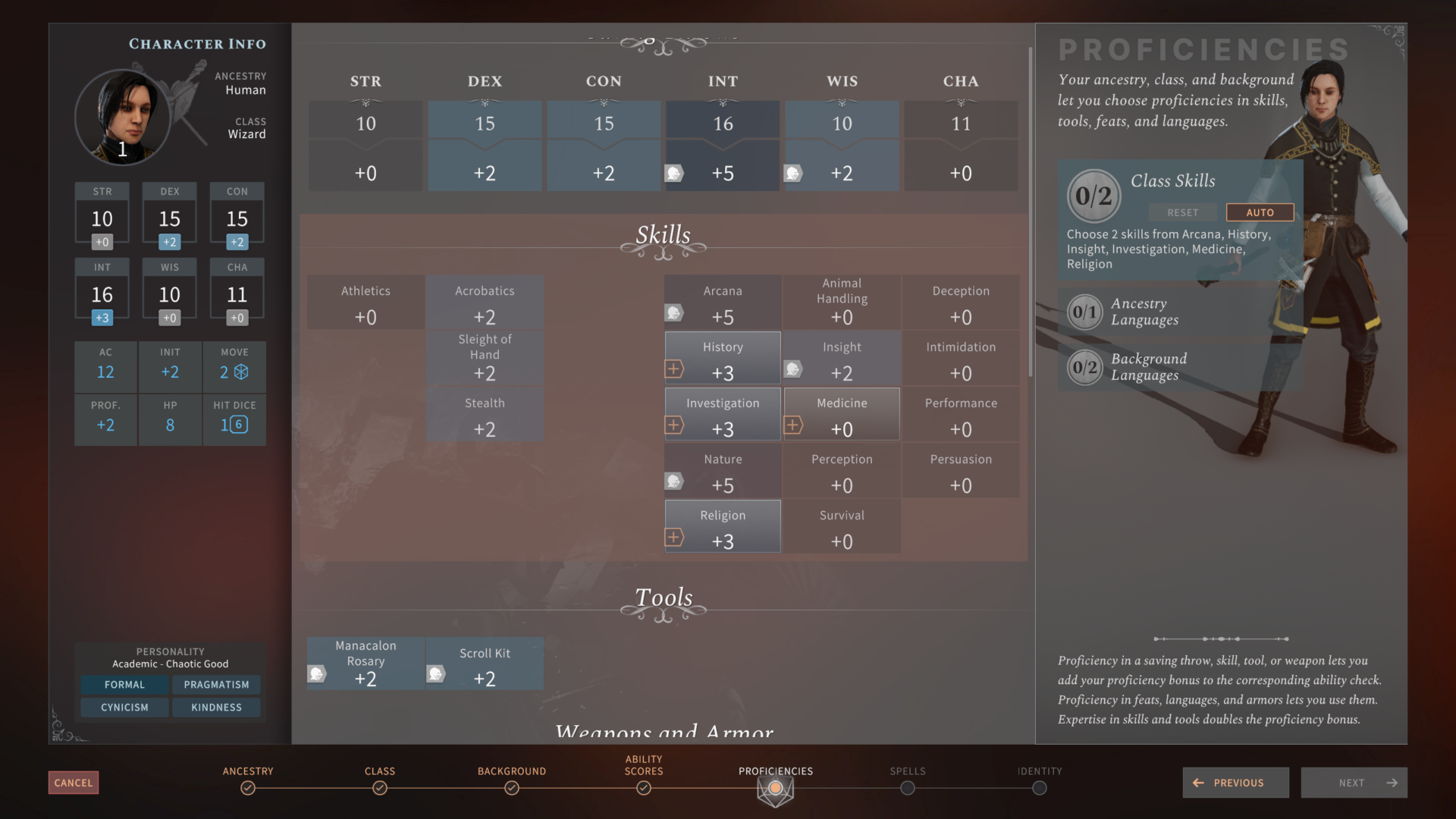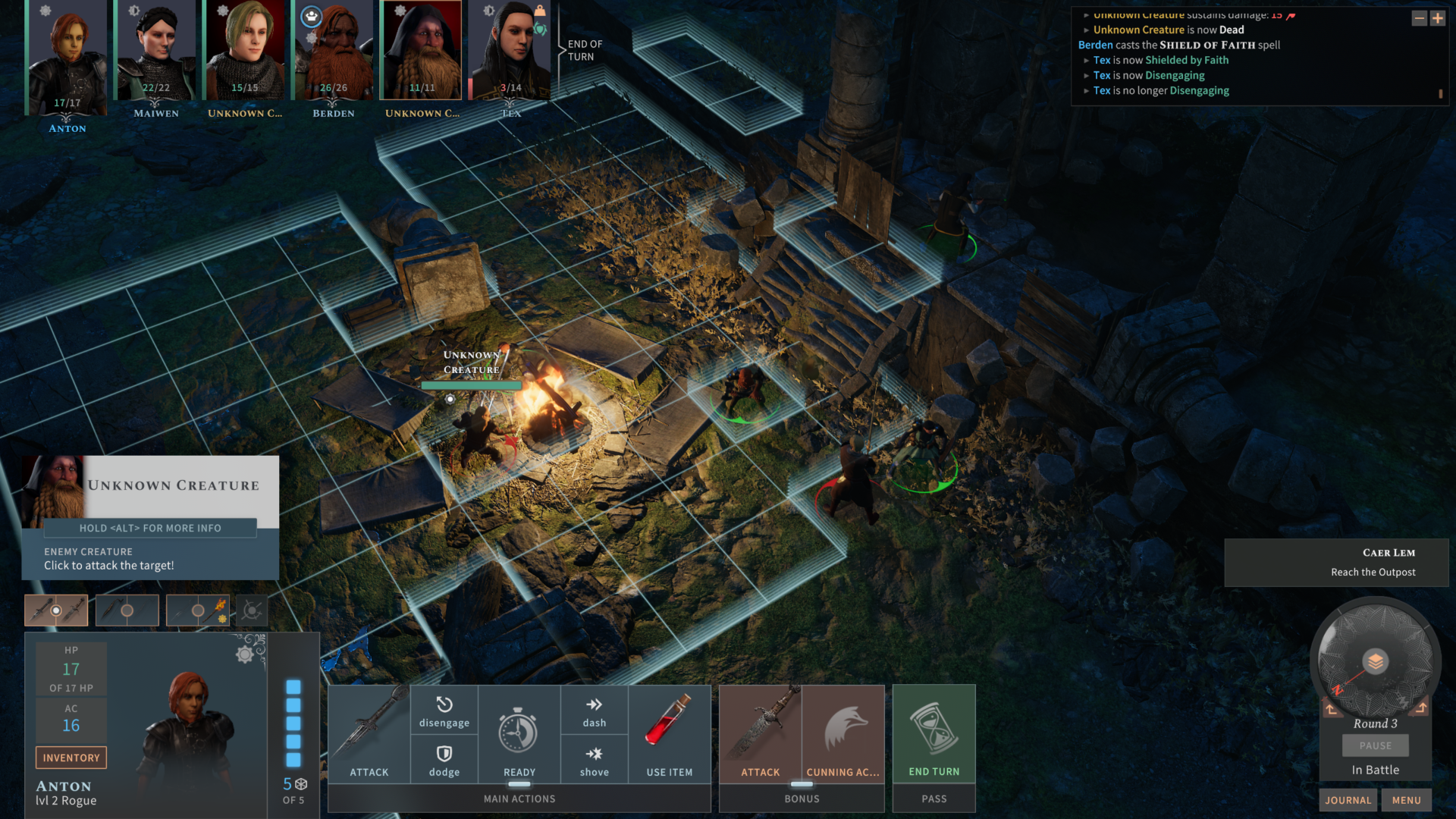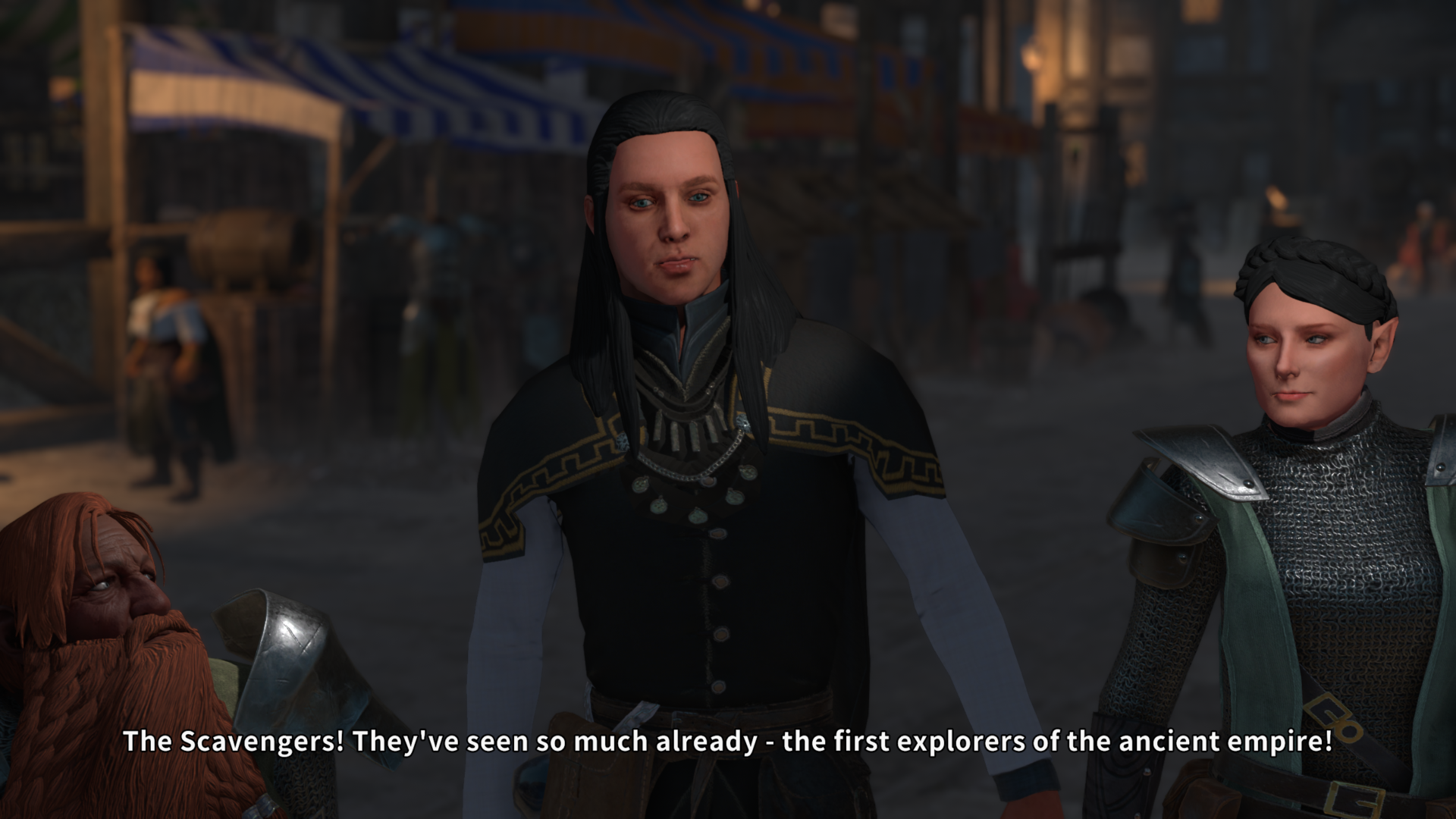An interesting RPG built on the D&D 5e ruleset
Type: Singleplayer
Genre: RPG
Developer: Tactical Adventures
Publisher: Tactical Adventures
Release Date: 20 Oct, 2020
Overview
While the release of the Early Access version of Baldur’s Gate III attracted the attentions of most RPG players, surprisingly it isn’t the only turn-based RPG built on the new edition of D&D. Meet Solasta: Crown of the Magister, an RPG set on a world shattered by a cataclysm, explore three-dimensional treasure-filled dungeons and stop the cataclysm from happening again.
Character Creation
Like for pen and paper D&D, the first step to take when starting a new adventure is character creation. The game allows you to take a party of four characters to the adventure, meaning that you’ll more or less be able to cover all the important roles of a good group of adventurers. While there are premade characters to choose from, I really advise creating your own adventurers, as you can not only choose the race and class, but also their personalities, backgrounds and proficiencies. While the system is much more advanced than other RPGs, players that are new to the genre can automate the character options they don’t know about. Classes, at this point in the development process, are the classical ones: fighter, cleric, thief, wizard, paladin and ranger, with more to come as the development proceeds.

Once your party is complete, you can start your adventure: the story takes part in a world shaped by an ancient cataclysm, where humans, elves, halflings and orcs live among themselves. Far from the civilization, there are the badlands: these are the lands where the center of the cataclysm took place and all it’s left now is destruction, monsters… and a lot of hidden treasures. You’ll be exploring the badlands and its dark dungeons, in order to get its riches, but will also discover the secrets of the cataclysm.
“I Use Fireball”
Combat in Solasta implements, as already said, the D&D5 ruleset. This means that all the mechanics of the pen and paper game are present in this title, and this is especially true for combat. Without explaining every single rule of the game, I’ll briefly explain how combat works. Every character can take a limited amount of different actions during a turn: attacking, casting a spell or moving isn’t something you usually can’t do more than once each turn, unless, you know… exceptions… Fights take place on a grid of squares, which is used to calculate distance, ranges and areas of effect. During fights, a lot of different dice throws happen behind (not, always, actually) the scenes: these are used to check whether or not an attack or spell hit its target, the damage it does and so on… Dice are thrown so many times that there is also an option to customize the 3D model of the die!

On thing that isn’t very present in the pen and paper version of D&D, especially during combat, is a strong verticality component. This is due to the board being… well, flat, and the additional difficulty in introduces in the management of combat. These two problems are obviously the case in a computer game, and Solasta is well aware of that: fighting can happen at different levels on all maps, and some even make verticality its main component, making combat interesting and more challenging. This is especially true in ruins, where starts, vines and sudden changes in the terrain level make combats against ranged enemies particularly tense.
Diplomacy Check
While the game behaves really well during fights, the same can’t really be said outside of them. Cities don’t really feel alive, mainly to the very low presence of residents and the huge dimensions of their maps. The latter especially can be quite boring, since the party will have to run around an – almost – empty city, while gathering quests and equipment from the few NPCs. The same can be said while exploring abandoned locations, like dungeons or castles, but luckily more effort has been put in their realization, so the feeling of boredom isn’t present as it is in cities. When speaking with the occasional NPC, I must say that there are a few quirks to fix: the biggest one is how characters look, as both the party members and the NPCs have quite creepy looks, with those inexpressive faces and dead-looking eyes.

Dialogues are, most of the time, swinging from a “well-written” to a “decent” level: no worries though, these can be easily fixed or re-written during the late phases of development. Another interesting fact is that Solasta has a full voice over for dialogues which, while being a hit-and-miss, is surely impressing considering the indie nature of the title.
Verdict
While being an incomplete title with some quirks, Solasta has a great potential to become a really good turn-based RPG. With well fleshed-out combat mechanics, the title now needs more content, story and exploration wise, which will be added throughout the early access phase. If you’re a fan of D&D 5th edition or passionate of elaborate RPGs, I would recommend trying out Solasta: it may be a really interesting surprise.










